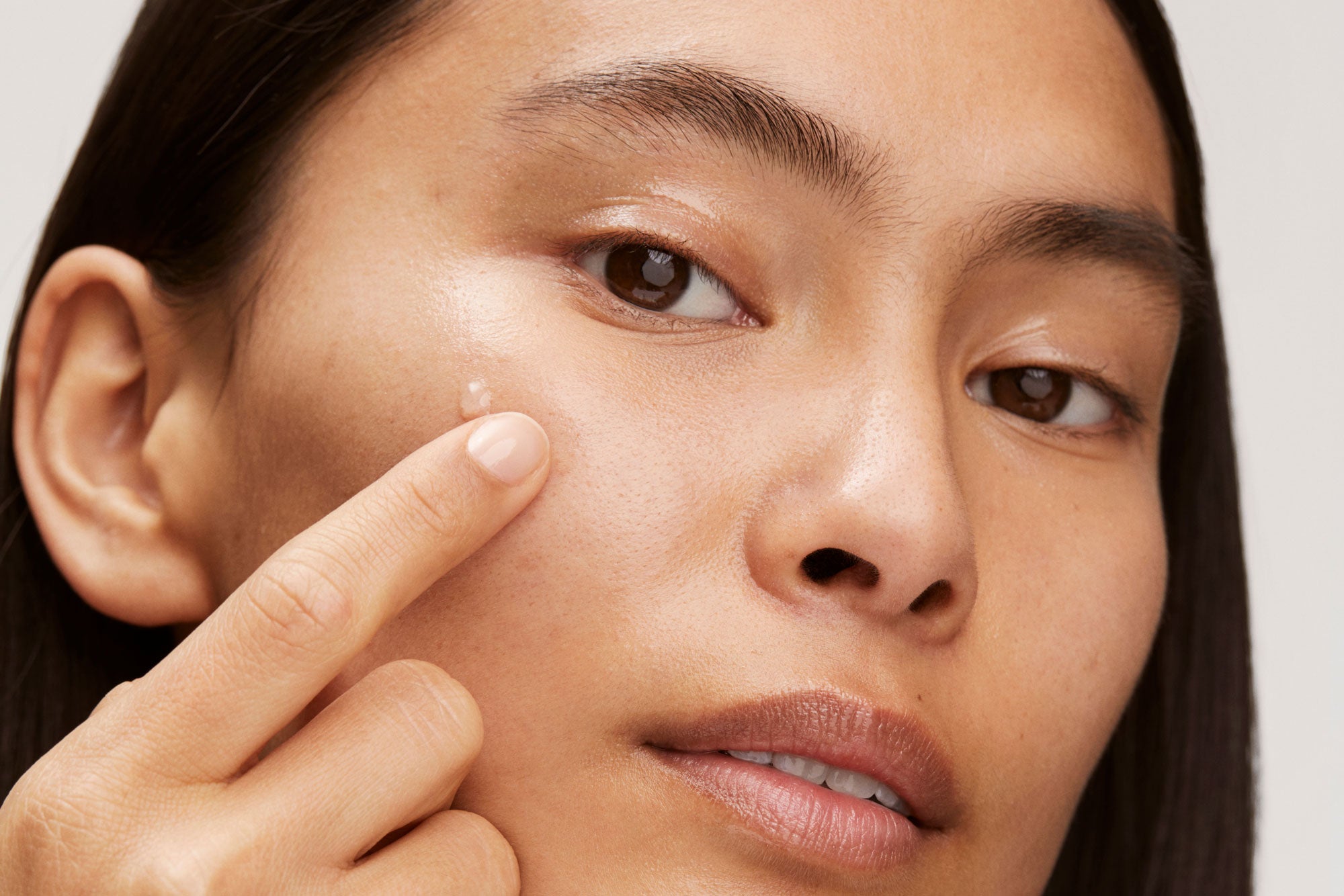
How to Treat Hyperpigmentation
When it comes to the most frequently asked skincare questions, “how to treat hyperpigmentation” tops the list. The term itself delivers nearly 5 million results on Google, and personally, our customer care chat is constantly buzzing with recommendations for evening out tone and diminishing dark spots and acne scars.
If you struggle with hyperpigmentation, it’s safe to say you’re not alone. With the right cocktail of ingredients and a little bit of patience, however, there’s hope. Read everything you need to know about what causes hyperpigmentation and the best skincare ingredients to brighten up dark spots and even out tone.
What Is Hyperpigmentation?
The meaning of hyperpigmentation is just what it sounds like: an excess of pigment in the skin, resulting in darker spots and patches. It’s a rather broad term that covers a multitude of skin concerns, explains Dr. Nancy Samolitis, MD board-certified dermatologist and co-founder of Facile Dermatology. “This term includes the type of pigment that one gets from chronic sun exposure (like 'age spots'), melasma, and post-inflammatory hyperpigmentation which is the category that acne scars fall into”.
What Causes Dark Spots and Scars?
Hyperpigmentation is a common skin concern for many that can be caused by factors such as inflammation, sun damage, pregnancy, sun exposure, and acne. “When the skin is injured, whether it's a pimple, a burn, a rash, etc, the healing process can cause excess pigmentation to form and deposit into the deeper layer of the skin”, says Samolitis.
If you want to prevent these spots from forming, make sure you’re wearing daily SPF (because ”our skin makes more melanin when it's exposed to the sun”, explains Samolitis) and avoid picking and popping pimples—it’s time to break that habit!
How Can I Treat It?
When it comes to treating hyperpigmentation, Samolitis recommends combining three key steps for one effective, skin-brightening regimen:
Step 1: Exfoliate
Consistent exfoliation has several skincare benefits, but it’s a particularly important step when fading dark spots and acne scars. “First of all, we want to promote normal skin exfoliation so that this pigment can eventually come to the surface and be removed". Our Microcrystal Exfoliator gently buffs away dead skin cells, lifting away the hyperpigmentation and revealing fresh, plump skin underneath.
If you prefer chemical exfoliation, Samolitis recommends two AHAs in particular: azelaic acid (to calm redness, inflammation, and PIH) and kojic acid (to even skin tone), both found in our Daily Brightening Solution.
Step 2: Brighten Tone
Next up, Samolitis recommends incorporating skincare products that block melanin production—aka, brighten up the skin. A dermatologist-approved ingredient that does just that is tranexamic acid. Derived from amino acids, it impedes melanin production and brightens up skin tone without irritation (unlike the popularized alternative hydroquinone). It's even known to help melasma. Apply it directly onto areas of discoloration using the Out of Sight Dark Spot Gel twice a day to reduce the appearance of dark spots.



